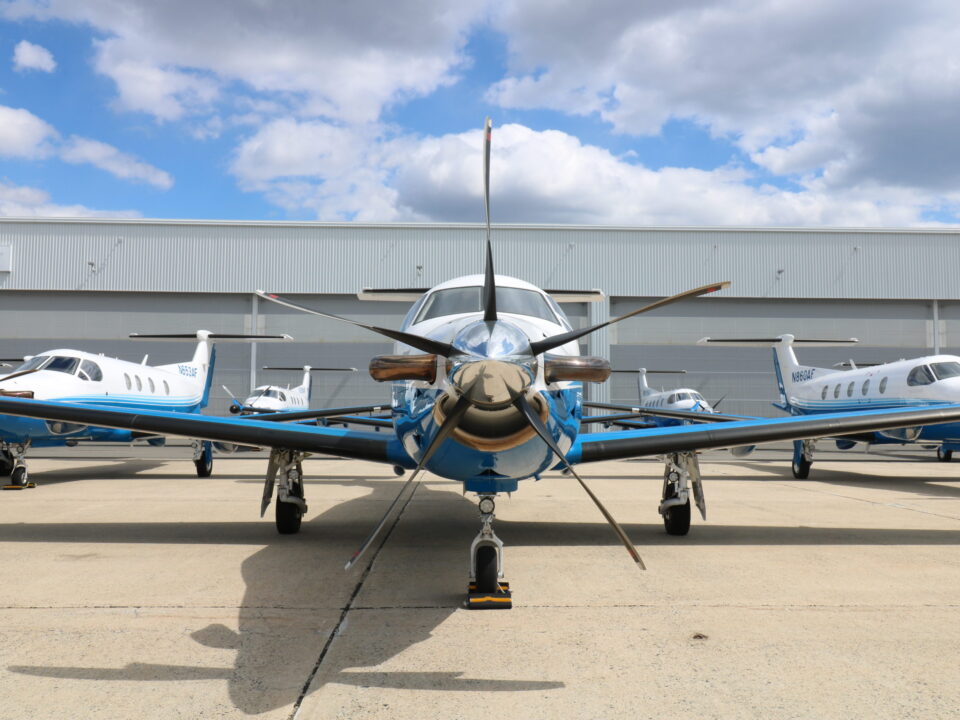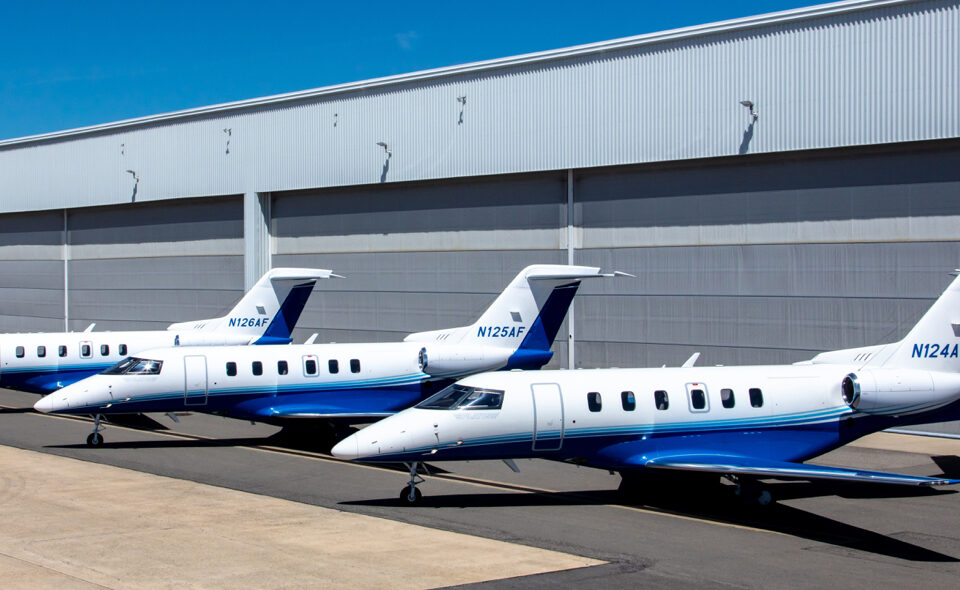Updated November 30, 2023
Anyone who’s taken a private flight to a business meeting or their favorite vacation destination knows it’s a superior flying experience. Once you’ve flown private, it’s hard to fly any other way. But with so many options—purchasing a whole private aircraft, fractional ownership, charter, or jet cards—it can be challenging to determine the best fit for a given lifestyle or a company’s business needs.
With so much information available about the various options for private flying, it can be difficult to sort through the pros and cons to find the right program. As a leader in the fractional aircraft business for 25 years, PlaneSense, Inc. is well versed in the benefits, as well as the facts, that will dispel common myths surrounding fractional ownership.
Myth #1. “Owning a Whole Jet Costs Less Than a Fractional Share”
It’s not uncommon for a business to look first at purchasing a private jet as the next logical step up from charter flights, not realizing the considerable cost that comes with it. When comparing options, prospective buyers must also consider the cost of maintenance, staffing a crew, inspections, aircraft storage, usage costs, and depreciation.
Fractional jet ownership allows owners to pay only for the time they need. Fuel costs, maintenance, FAA regulatory compliance, and crew staffing are covered by fixed management fees and flight time costs. Compare that to the unpredictable costs a company must budget for when purchasing a whole aircraft. Whole jet ownership management costs can be significant, sometimes upwards of $4 million per year, depending on the type of aircraft purchased.
Myth #2. “Fractional Programs Are One-Size-Fits-All”
Some may think that fractional doesn’t offer owners many options. In reality, fractional programs offer far more choices than purchasing one aircraft. Fractional aircraft programs are a customizable investment. For example, the PlaneSense® program offers two aircraft types—the Pilatus PC-24 jet and PC-12 turboprop. Select the one that best fits your flying needs and exchange to the other when available. Share sizes are also flexible, so you only pay for what you need. If someone needs around 50 hours, a 1/16 share is the perfect fit and far less than buying an entire aircraft. Whenever an owner ends up flying more than they originally thought, they can add on a share. When you fly is also flexible because you don’t have to stick to a commercial airline’s schedule or wait for a charter aircraft to be available. You fly to where you need to go when you need to fly.
Myth #3. “Fractional Jets Have Higher Maintenance Costs”
As noted above, maintenance costs for a private jet can be considerable. Not only are the costs of a whole aircraft fully incurred by the owner, but there is also the constant risk of unplanned costs, which can range from a blown-out tire to avionics system repairs.
Prospective buyers should also consider unplanned costs beyond the repairs. When an aircraft needs maintenance, the plane is grounded. Anyone planning to fly that day or potentially the next several weeks will have to make other plans, which could mean expensive last-minute commercial or charter flights, or even worse, a lost business opportunity.
Fractional ownership means the costs of repairs and equipment upgrades are spread evenly across all the owners in that aircraft. When an aircraft is down for maintenance or inspection, fractional owners have access to an entire fleet, so they don’t experience the same delays.
Myth #4. “Fractional Jet Programs Offer Less Flexibility Than Owning Your Own Plane”
Most people who consider buying a private aircraft think they will be able to fly anywhere they like at any time. Unfortunately owning a whole aircraft has its limitations, especially if more than one person plans to use it. For businesses looking to invest in private flight, fractional ownership programs have the clear advantage. Fractional jet programs offer companies access to a large fleet of aircraft. When the CEO is flying to Washington, D.C. and the CFO needs to fly to Chicago that same day, having one aircraft means one of them will have to make other arrangements. Having fractional shares, however, often allows both executives access to private travel, known as simultaneous use.
In addition, having a fleet at your disposal means you avoid repositioning fees incurred when flying charter, and hangar fees charged during overnight trips on a private jet you fully own. PlaneSense® fractional owners pay only for their occupied flight time, and the flexibility to use the aircraft when they need it, even during peak times and for last minute flights. Fractional is much more conducive to multiple flights needed in one day for those executives needing to meet with multiple clients in different locations.
Myth #5. “The Legal Obligations and Risks are a Challenge”
Owning a private jet comes with many legal and regulatory obligations, from deciding the ownership structure of the whole craft to complying with safety regulations. Having a good lawyer with experience in aviation regulations and accounting can help, but there is always the risk of something being overlooked and finding yourself in non-compliance.
Alternately, the fractional program takes on the burden, ensuring compliance with all regulations so that the highest safety standards are being met. PlaneSense, Inc. maintains all operations in-house, from the parts department to aircraft maintenance to pilot training. The PlaneSense® program has been awarded the ARGUS Platinum Elite rating, the organization’s highest possible rating. The PlaneSense® program is one of only five operators in the U.S. to receive this recognition.
When it comes to purchasing a private flight option, it is essential for buyers to make a decision with all the facts in hand. Fractional programs like the PlaneSense® program offer buyers the most benefits for their investment. To learn more about how the PlaneSense advantage, call us today at 866-214-1212.







